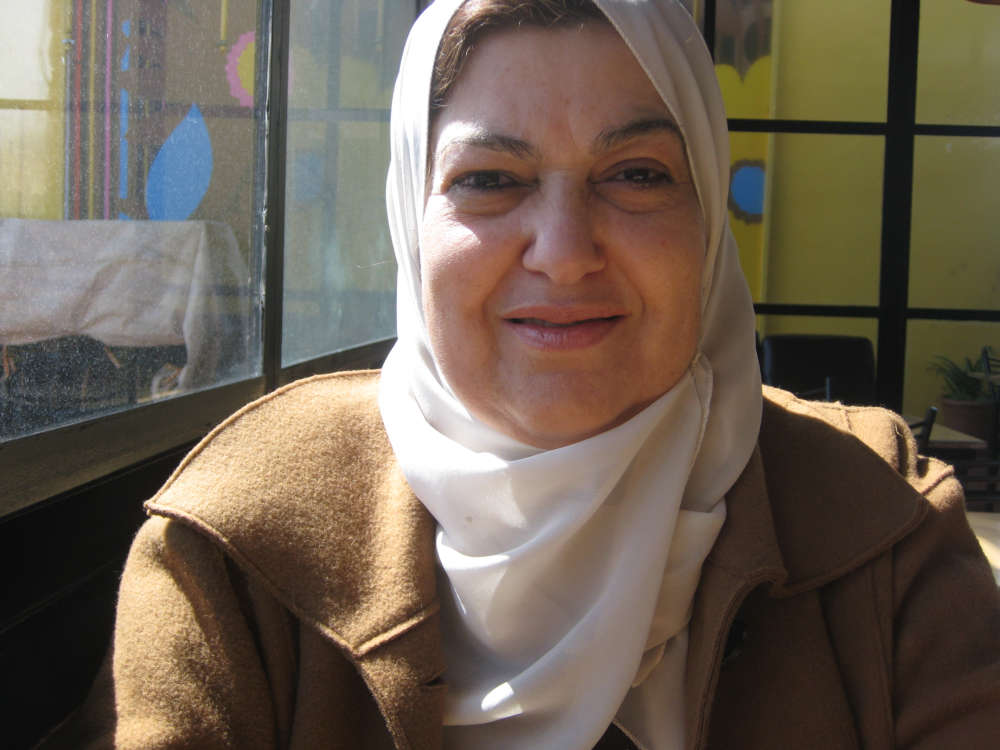Born and raised in Hebron, Palestine, Sana Tahboub showed artistic promise in early childhood. At the age of 13 she was reproducing the works of Monet and Renoir. Her blossoming talent was undeniable, and encouraged by her family and community, she began to realize that her art would be a lifelong passion. Early in her career, Sana took on various subject matters, including portraits and landscapes that reflect her environment.
She relocated from Hebron to the United States in the early 1970s and continued to pursue her passion along with nurturing a growing family. In an art competition for upcoming artists held locally in Pennsylvania, she won first prize for her submission of a painting depicting children playing in the snow. Although for years her subject matter varied, after living abroad and longing for the homeland she left behind, she concentrated her efforts on preserving Palestinian cultural heritage. Tens of paintings that are spread across Kuwait, Jordan, the United States, and Palestine tell the story of Palestinian farmers, villagers, children, homes, and an increasingly diminishing landscape.
Returning to Palestine in the early 2000s and witnessing the rapid urbanization of the country she left decades ago, Sana became ever more focused on preserving its landscape and architecture through her work. In July 2011, she held an exhibition in partnership with the Hebron Rehabilitation Committee, fittingly in a renovated building in the old city of Hebron. Her exhibit, entitled I walked in the old city of Hebron, included tens of paintings reflecting the life, landscape, and architecture of Hebron.
Drawing inspiration from the works of impressionists, Sana believes that the artist’s role is to be an objective storyteller. Documenting the charming old cities and mystical landscapes of Palestine in her work has become a duty for Sana, who wants her work to be remembered as the preservation of the Palestinian spirit in people and places.







